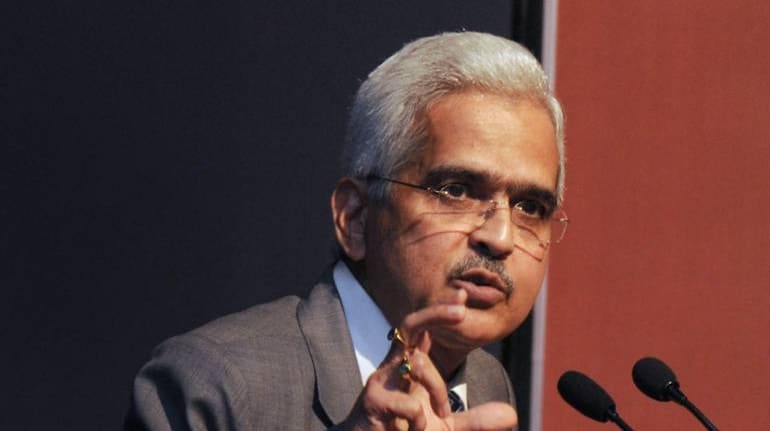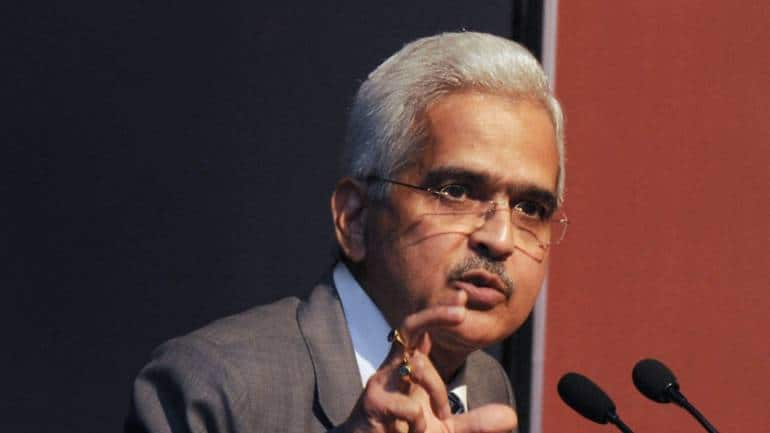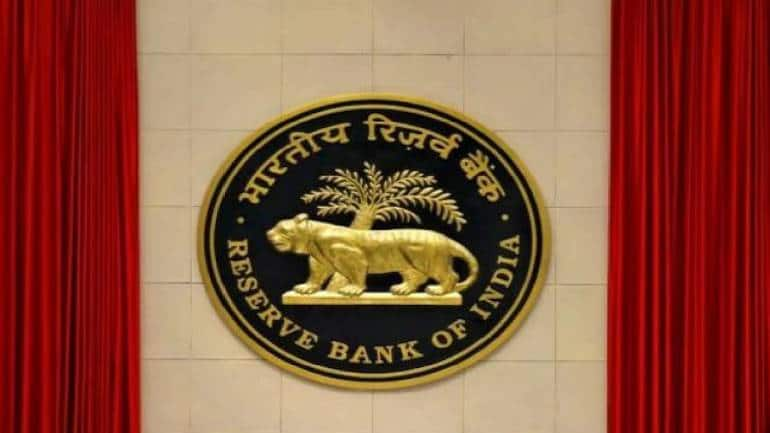The RBI has retained its GDP growth projection at 9.5 percent for FY22, but revised Q3FY22 growth estimate to 6.6 percent from 6.8 percent earlier. Das said that the emergence of Omicron has given rise to fears of further restrictions on travel and economic activity, which has led to "considerable uncertainty on growth dynamics" for the coming months. The governor said that the reduction in VAT of fuel will have direct impact on inflation, but price pressures may persist in the near term. However, the RBI expects headline inflation to peak in Q4FY22, after which it is likely to soften.
Here are the highlights of the RBI MPC announcement:
- RBI keeps repo rate unchanged at 4 percent
- Reverse repo rate also remains unchanged at 3.35 percent.
- The MPC voted unanimously 5:1 to maintain 'accomodative' stance.
- The marginal standing facility (MSF) has also been left unchanged at 4.25 percent.
- Projection for real GDP growth is maintained at 9.5 percent. The central bank has however revised its Q3FY22 GDP growth to 6.6 percent from earlier 6.8 percent, and cut Q4FY22 GDP to 6 percent from 6.1 percent. Meanwhile, the RBI has cut Q4FY22 GDP to 6 percent from 6.1 percent earlier; and FY22 CPI inflation target has been maintained at 5.3 percent.
- FY22 CPI inflation target maintained at 5.3 percent. The October-December CPI inflation target has been revised to 5.1 percent from 4.5 percent earlier; while January-March CPI inflation forecast has been revised to 5.7 percent compared to 5.8 percent earlier.
- The Q1FY23 GDP growth forecast has been retained at 17.2 percent; Q2FY23 GDP growth seen at 7.8 percent; Q1FY23 CPI forecast revised to 5 percent from 5.2 percent; and Q2FY23 CPI forecase seen at 5 percent.
- From January 2022, liquidity adjustment will be mainly via the Variable Reverse Repo Auction. Headline CPI inflation is expected to peak in Q4 and soften thereafter.
- Proposed return to normal dispensation under MSF Window, as the “RBI remains committed to our ‘accommodative’ stance to broaden growth impulses”.
- Financial conditions turning increasingly volatile and there is considerable uncertainty over growth-inflation dynamics, thus RBI will continue to rebalance liquidity conditions in a non-disruptive manner.
- The aim is to re-establish 14-day Variable Reverse Repo Rate (VRRR) as the main liquidity operation. The RBI is to absorb Rs 6.5 lakh crore in VRRR auction on December 17 and absorb Rs 7.5 lakh crore in VRRR auction on December 31.
- RBI retains flexibility to fine-tune liquidity operations. It will allow banks to make one-time pre-payment with respect to TLTROs announced.
- The RBI will release a discussion paper on charges on digital payments.
- It is to also launch Unified Payments Interface (UPI)-based Feature Phone Products.
- Further, UPI caps for gilts, retail and IPOs are to be enhanced to Rs 5 lakh
MPC notes that crude oil prices have eased, that consumption demand has been improving and rural demand is exhibiting resilience. Recovery in the Indian economy is gathering traction. Government consumption has picked up from October 2021.
"We hold strong buffer to manage global spillovers and inflation is broadly aligned with target. We are better prepared to deal with the invisible enemy – COVID-19. The domestic economic outlook is somewhat clouded by Omicron variant," said Governor Das.
Das said the recent tax cuts on petrol and diesel should help in crowding-in private investment. There has been significant deleveraging of corporate balance sheet. Government's focus on Capex should help in crowding-in private investment
Globally, economic activity levels are reaching pre-pandemic times, he believes.












